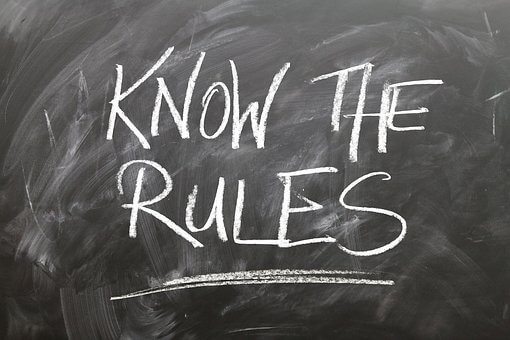Defining the Path Through Values Alignment

Many teams don’t have a clear path mapped out, and so the path is not obvious. A defined path represents the easiest way to exceed performance expectations (results) as well as how the team manages relationships (values alignment) along the way.
Rate this statement on a six-point scale: “Our team has clearly defined and measurable performance standards that help our organization succeed.”
Score this statement:
a “1” if you strongly disagree,
a “2” if you disagree,
a “3” if you slightly disagree,
a “4” if you slightly agree,
a “5” if you agree,
and a “6” if you strongly agree.


What are the desirable ratings for these two statements? You want scores at the 5-6 level: agree to strongly agree. If you’re doing well on these, you’ve got a score of 10-12 so far.
Now let’s look at accountability in your team. Defining these expectations is the first part of your clear path. More important is how you hold people accountable for delivering on these expectations.
Rate this statement: “Our team members are held accountable for performance expectations.”
Rate this final statement: “Our team members are held accountable for demonstrating our valued behaviors.”
If your team is exceptional, you’ve scored these accountability statements at the 5-6 level. Great scores for all four statements are 20-24 out of 24 possible points.
It is likely your scores fall below this desired level. That means your team is normal! Most teams do not embrace these standards very well or very consistently.
You could get a better, more accurate perspective by asking team members to rank these statements. They might be harder “graders” than you are!
Where can you start? Creating team ground rules can help create the foundation for workplace inspiration. They can help define your team’s desired path.
At a recent culture workshop with frontline leaders, I asked each table team to draft ground rules so that their team members could learn as much as possible over our two-day session. Each table came up with no more than four ground rules that they agreed to abide by and to hold each other accountable for during our session.
Their ground rules included items like, “Speak for yourself,” “Be on time,” “Be an active participant,” and “Be a problem solver, not a problem spotter.”
Once they defined their ground rules, they had to map out how they were going to hold each other accountable for these practices. Each table has a slightly different accountability plan. All of those plans defined a simple first step: “If you see a rule infraction, speak up about it. Challenge the behavior and honor the person.”
These leaders loved these ground rules. They helped create a better learning environment and reduce drama!
Ground rules might be an easy first step in creating your team’s clear path to high performance and values alignment.

CAREER ADVICE

GOV TALK
